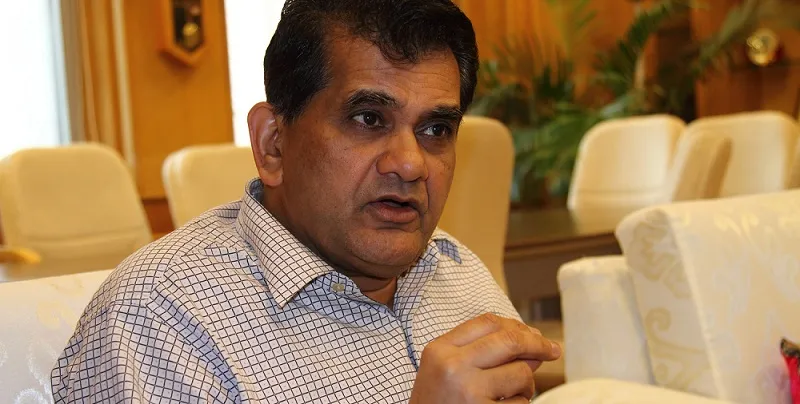Now, win Rs 1cr as NITI Aayog announces digital payments push
Among the numerous steps to encourage digital payments in the country, NITI Aayog on Thursday announced the launch of two more schemes — the Lucky Grahak Yojana and the Digi-Dhan Vyapari Yojana.
The idea behind the schemes is to give cash awards to consumers and merchants who utilise digital payment instruments for personal consumption expenditures. According to NITI Aayog, the schemes — for which the National Payment Corporation of India (NPCI) will be the implementing agency — are meant to bring smaller businesses and the poor and lower middle-class under the digital payment fold.

Lucky Grahak Yojana (for consumers)
In a lucky draw of sorts, the winners shall be identified through a random draw of the eligible transaction IDs (which are generated automatically as soon as the transaction is completed) with the help of a software to be developed by the NPCI specifically for this purpose.
A daily reward of Rs 1,000 is to be given to 15,000 lucky consumers for a period of 100 days.
There are also weekly prizes worth Rs 1 lakh, Rs 10,000, and Rs 5000 for consumers who use the alternate modes of digital payments.
Designed keeping all sections of society in mind, the Lucky Grahak Yojana will make consumers who use alternate modes of digital payments, including all forms of transactions viz. UPI, USSD, AEPS, and RuPay Cards, eligible for the rewards.
The scheme doesn’t include payments from private credit cards and digital wallet payments.
Digi-Dhan Vyapari Yojana (for merchants)
There are also prizes and rewards for merchants transacting digitally at their respective establishments. Weekly prizes worth Rs 50,000, Rs 5,000, and Rs 2,500 will be given out.
The scheme is all set to be operational with the first draw on December 25, 2016, leading up to a mega draw on Babasaheb Ambedkar Jayanti on April 14, 2017.
On the day of the mega draw, the Aayog promises consumers three mega prizes worth Rs 1 crore, Rs 50 lakh, and Rs 25 lakh for digital transactions between November 8, 2016, and April 13, 2017.
For merchants as well, there are three mega prizes worth Rs 50 lakh, Rs 25 lakh, and Rs 12 lakh for digital transactions between November 8, 2016, and April 13, 2017.
Focus on ‘real’ India
Ensuring that every segment of Indian society is targeted, the scheme will involve even the poorest of the poor, who will be eligible for rewards by using USSD, which is essentially an SMS-based infrastructure to make payments.
People in villages and rural areas can participate in this scheme through the Aadhaar Enabled Payment System (AEPS).
To ensure that the focus of the scheme is on small transactions (entered into by common people), incentives shall be restricted to transactions within the range of Rs 50 and Rs 3,000. All transactions between consumers and merchants, consumers and government agencies, and all AEPS transactions will be considered for the incentive scheme.
Further, the estimated expenditure on the first phase of the scheme (up to April 14, 2017) is likely to be Rs 340 crore. The government will simultaneously carry out a review for further implementation.
The previous initiatives
This isn’t the first such announcement from the government think tank, which has been providing various incentives for the general public and smaller traders to shift to cashless payments.
Another goal is for district administrations to ensure that money transfers (from beneficiaries of welfare schemes to payment to labourers) happen through a digital mode.
Earlier this month, it was reported that NITI Aayog had given Rs 5 lakh to every district to kickstart the process of incentivisation. The plan stated that an incentive of Rs 10 was promised to be given to the district administration for every individual who shifted to the digital payment mode and who had made at least two digital transactions for day-to-day activities.
At the other end, an incentive of Rs 100 was promised to common services centre operators for every merchant transacting digitally, along with Rs 5 for every citizen shifting to digital payments.
This news comes just a week after the Ministry of Finance released incentives and measures to promote digital payments which included discounts by the central government petroleum PSUs on the purchase of petrol and diesel digitally; financial support by the central government to extend financial support to eligible banks for increasing PoS (Point of Sale) infrastructure; and further discounting by the railways for buying tickets through digital means, among other measures.







